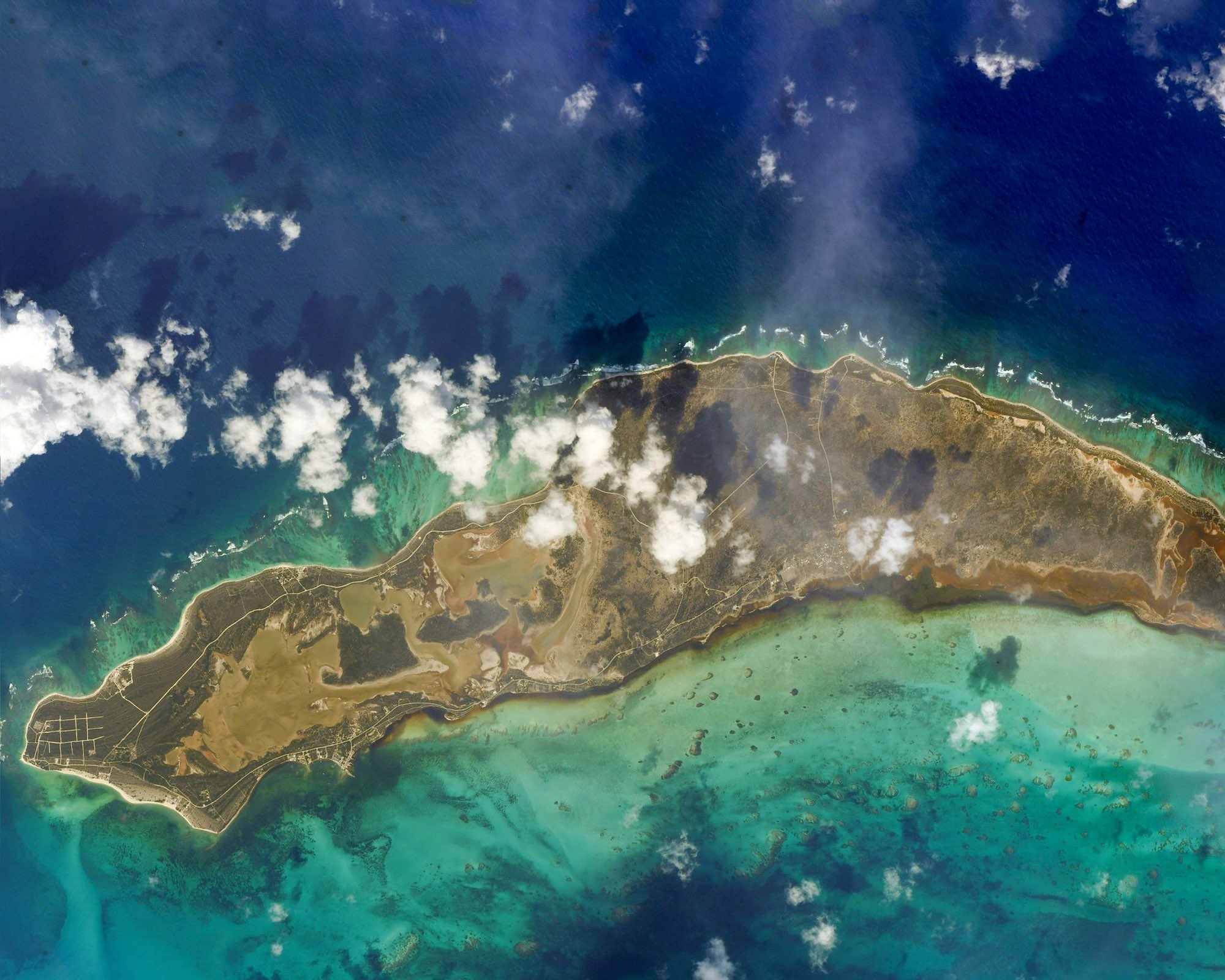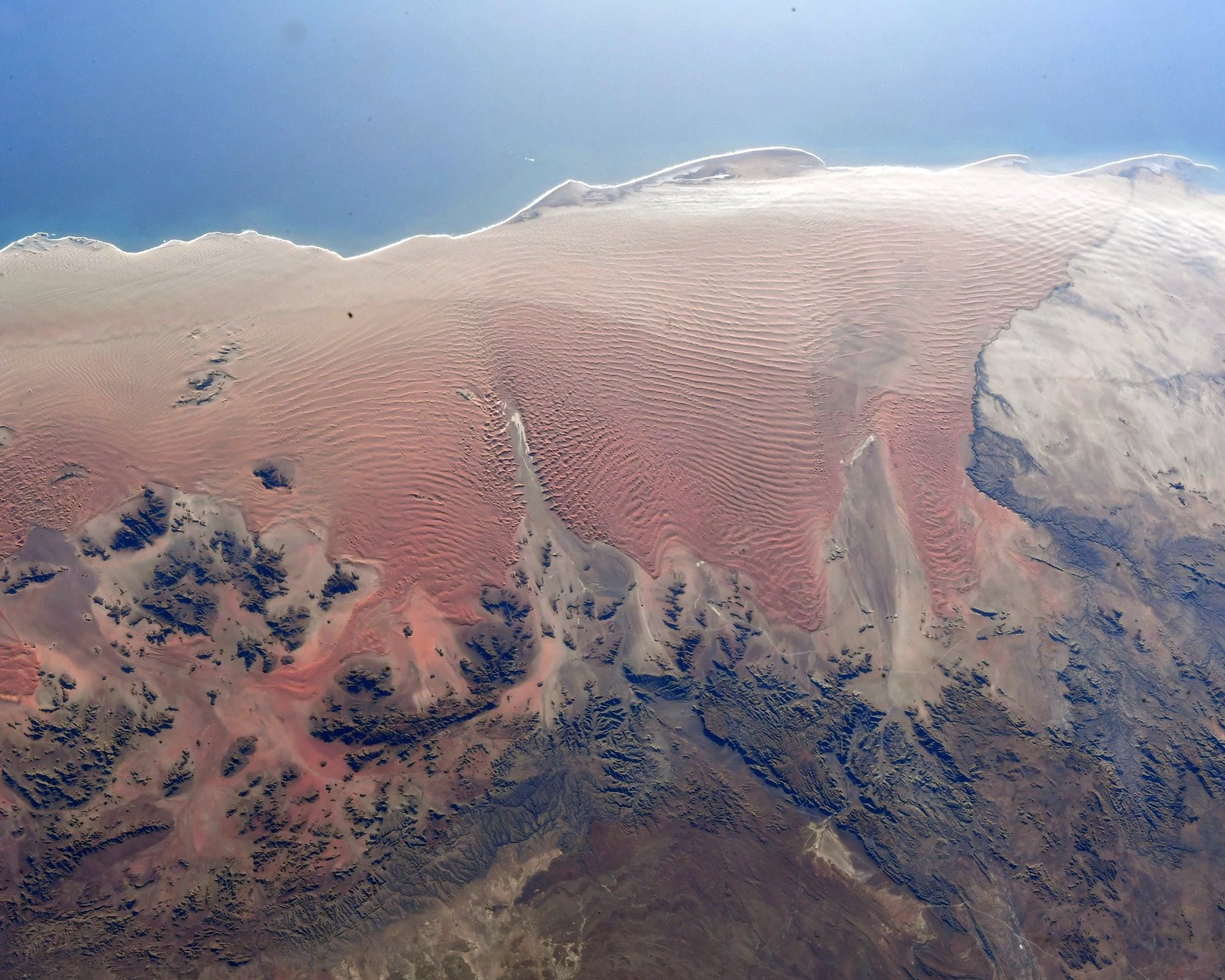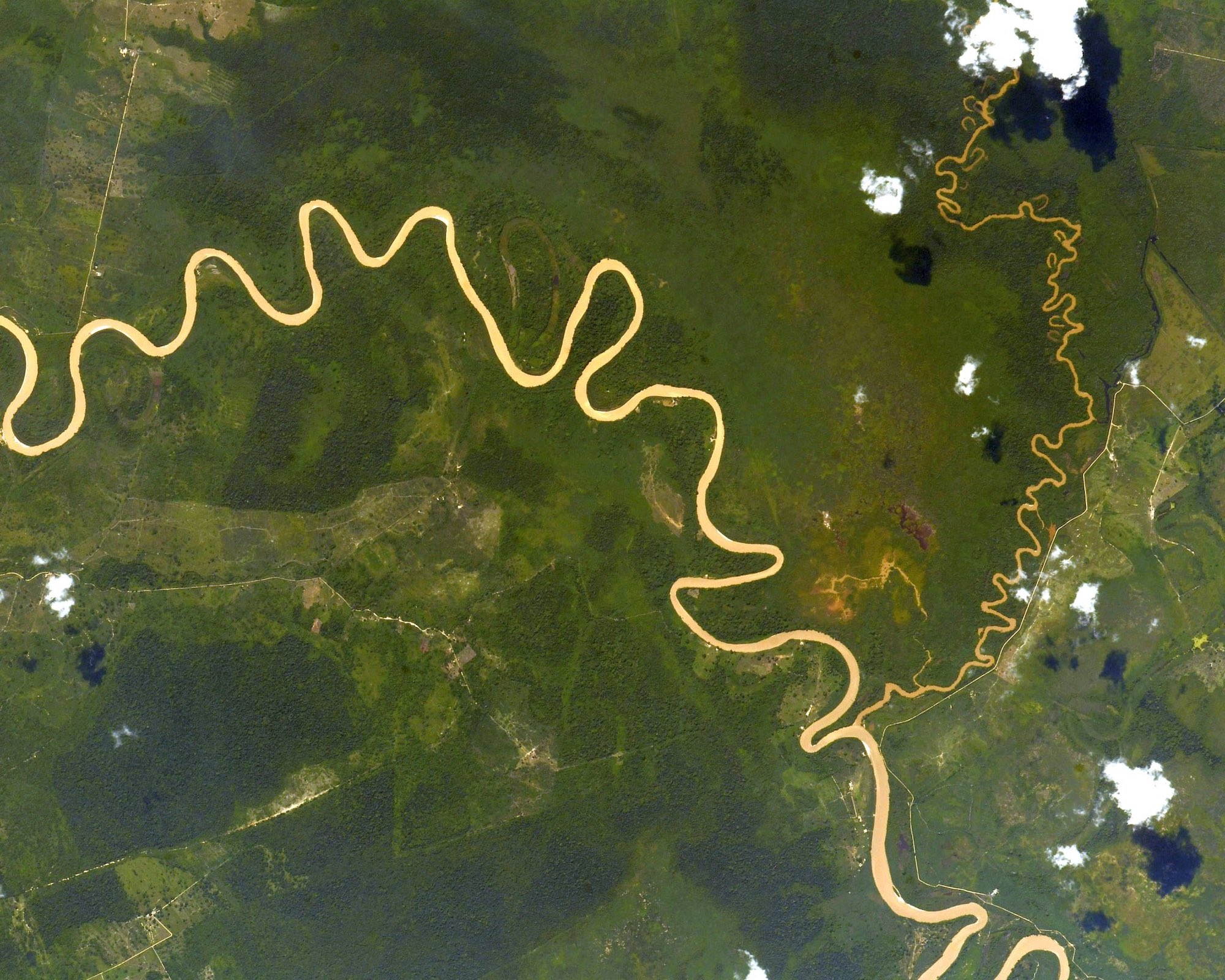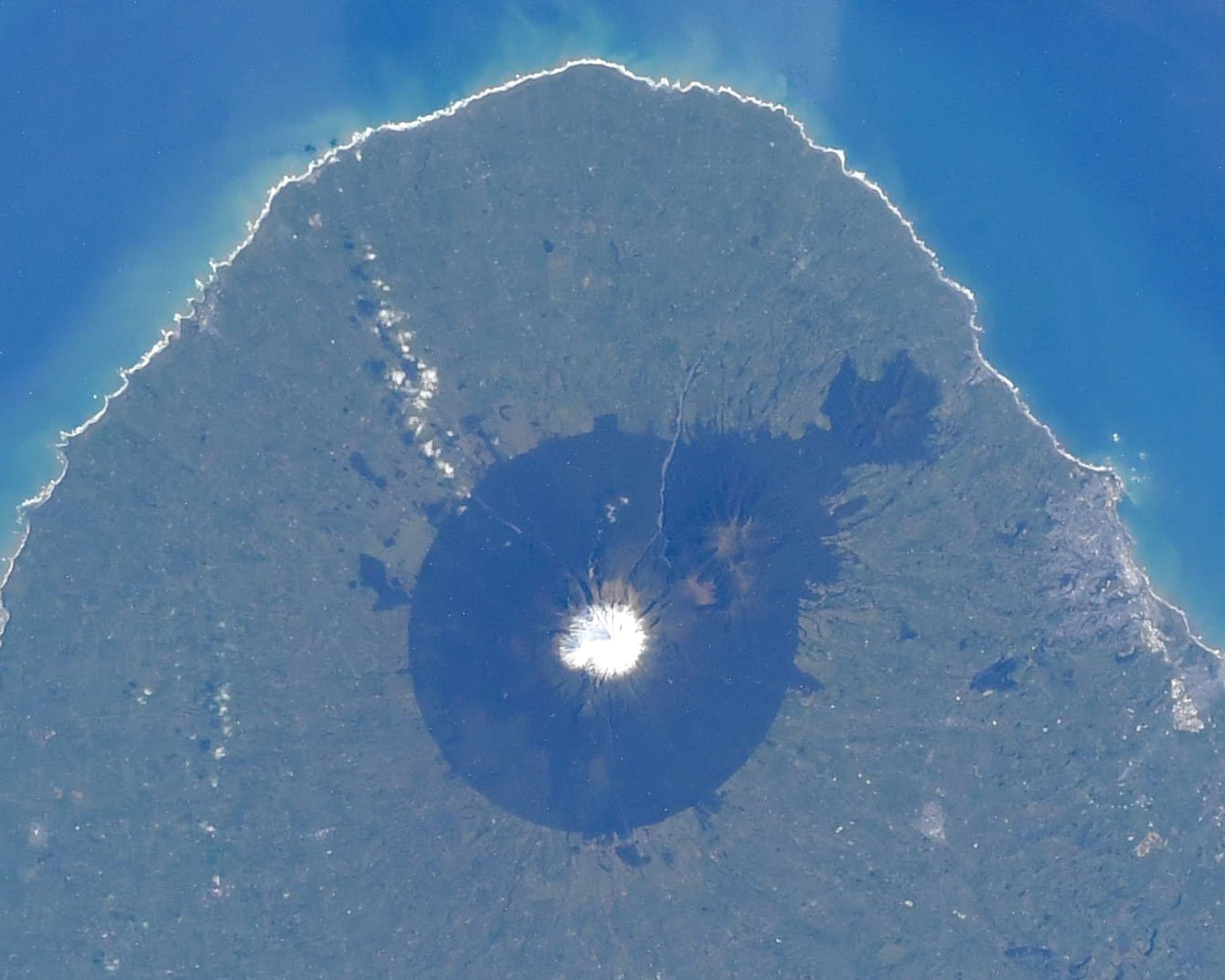Andreas Mogensen became the first Dane in orbit when he arrived at the International Space Station (ISS) as part of SpaceX’s Crew-7 in August 2023.
After just over six months aboard the orbital outpost, the astronaut is now preparing to head back to Earth with his three colleagues aboard a SpaceX Crew Dragon spacecraft.
A specific date for the return mission has yet to be set, but it’s expected to take place in the coming weeks.
As he begins to turn his attention to terra firma, Mogensen took time out on Thursday to share some of the remarkable Earth images (below) that he was able to capture from the station over the last half-year or so:
He also posted these impressive Earth photos on his social media feed during the last six months:
If you want to get an idea of how fast we are flying over the Earth, and how quick you have to be to get the photos you want, take a look at these photos of a snow-covered Grand Canyon. I took these photos 30 seconds after I took the photo of the Ivanpah Solar Electric Generating… pic.twitter.com/qgGZpZzGko
— Andreas Mogensen (@Astro_Andreas) February 24, 2024
I have never associated Saudi Arabia with volcanism, but it has the highest concentration of calderas that I have seen so far on this mission. Calderas are the sunken-in tops of volcanos that appears after an eruption.
Is there another place on Earth with a higher number of… pic.twitter.com/gYLA88MxNT
— Andreas Mogensen (@Astro_Andreas) February 18, 2024
Eye of Quebec
Flying over the Earth, I see so many different sites. Here in the eastern part of Canada is the Manicouagan Crater, made by an impact of a metorite about 200 million years ago. The meteorite was around 5 kilometres in diameter and created the roughly 100 km wide… pic.twitter.com/odRymSc15u
— Andreas Mogensen (@Astro_Andreas) February 12, 2024
I was lucky enough to capture most of the Californian coast near Los Angeles, from Malibu to Long Beach, on a sunny day with little to no clouds. Each picture shows a little part of the west coast, including sites like Venice Beach with the Santa Monica Pier, Los Angeles… pic.twitter.com/pDWupTFOxD
— Andreas Mogensen (@Astro_Andreas) February 11, 2024
Today is exactly five months since we launched from @NASAKennedy Complex 39A, which also means that our mission is slowly drawing to a close. It’s incredible how quickly those five months have passed. Yet, paradoxically, it also seems like a lifetime ago that I was saying goodbye… pic.twitter.com/QJwpF3Hj2e
— Andreas Mogensen (@Astro_Andreas) January 26, 2024
The tip of the iceberg
I have to admit that if you had asked me before this mission, if you could see icebergs with your naked eye from space, I would have said, “No way”.
Turns out that you can! We have been seeing lots of icebergs lately in the south Atlantic. Perhaps it’s… pic.twitter.com/qGY2CUCSfp
— Andreas Mogensen (@Astro_Andreas) December 3, 2023
Mogensen described his first time in space as “a dream come true, where I got to live and work on the International Space Station for more than six months, conducting science from Denmark, Europe, and the world, in areas like our immune system, water filtration, virtual reality, and how we sleep on the Space Station.”
In a nod to his photography, he added: “I also used many hours of my spare time in Cupola, taking marvelous pictures of Earth and seeing our blue planet as one. From green forests, sandy deserts, and more volcanoes than I can count, each picture shows what our place in the universe has to offer.”
While you might imagine that the unique vantage point of the ISS 250 miles above Earth would make it easy to capture amazing Earth pictures, it can actually take a great deal of planning. An earlier ISS inhabitant, Thomas Pesquet, also earned a reputation for taking stunning Earth photos, and he revealed just how much effort was needed to nail each shot.
Editors' Recommendations
- China’s space station was hit by space junk
- What kind of view will ISS astronauts get of the solar eclipse?
- Around-the-clock 4K Earth imagery to be streamed from ISS
- Here’s the new science that’s launching to the ISS today
- How to watch three crew members launch to the ISS on Thursday






